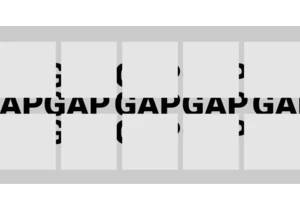The HTTP Archive looked at more than 7 million websites and compiled their annual report detailing how the sites were built. And there’s an enormous wealth of information about how the web changed in 2020. In fact, this report is more like an enormous book and it’s entirely fabulous. The data comes from making queries to the HTTP Archive and is broken down into various sections, such as Performance, Security, and the languages themselves, including how folks wrote HTML or … Read article “HTTP Archive’s Annual State of the Web Report”
The post HTTP Archive’s Annual State of the Web Report appeared first on CSS-Tricks. You can support CSS-Tricks by being an MVP Supporter.
Inicia sesión para agregar comentarios
Otros mensajes en este grupo.

Styling the space between layout items — the gap — has typically required some clever workarounds. But a new CSS feature changes all that with just a few simple CSS properties that make it easy, ye

Being the bad boy I am, I don't take Tailwind's default approach to cascade layers as the "best" one. Over a year experimenting with Tailwind and vanilla CSS, I've come across what I believe is a b


KelpUI is new library that Chris Ferdinandi is developing, designed to leverage newer CSS features and Web Components. I've enjoyed following Chris as he's publishe

The CSS if() function enables us to use values conditionally, which we can already do with queries and other functions, so I’m sure you’re wondering: What exactly does if()

The CSS if() function was recently implemented in Chrome 137, making it the first instance where we have it supported by a mainstream browser. Let's poke at it a bit at a very high lev

Zell discusses refactoring the Resize, Mutation, and Intersection Observer APIs for easier usage, demonstrating how to implement callback and event listener patterns, while highlighting available o
